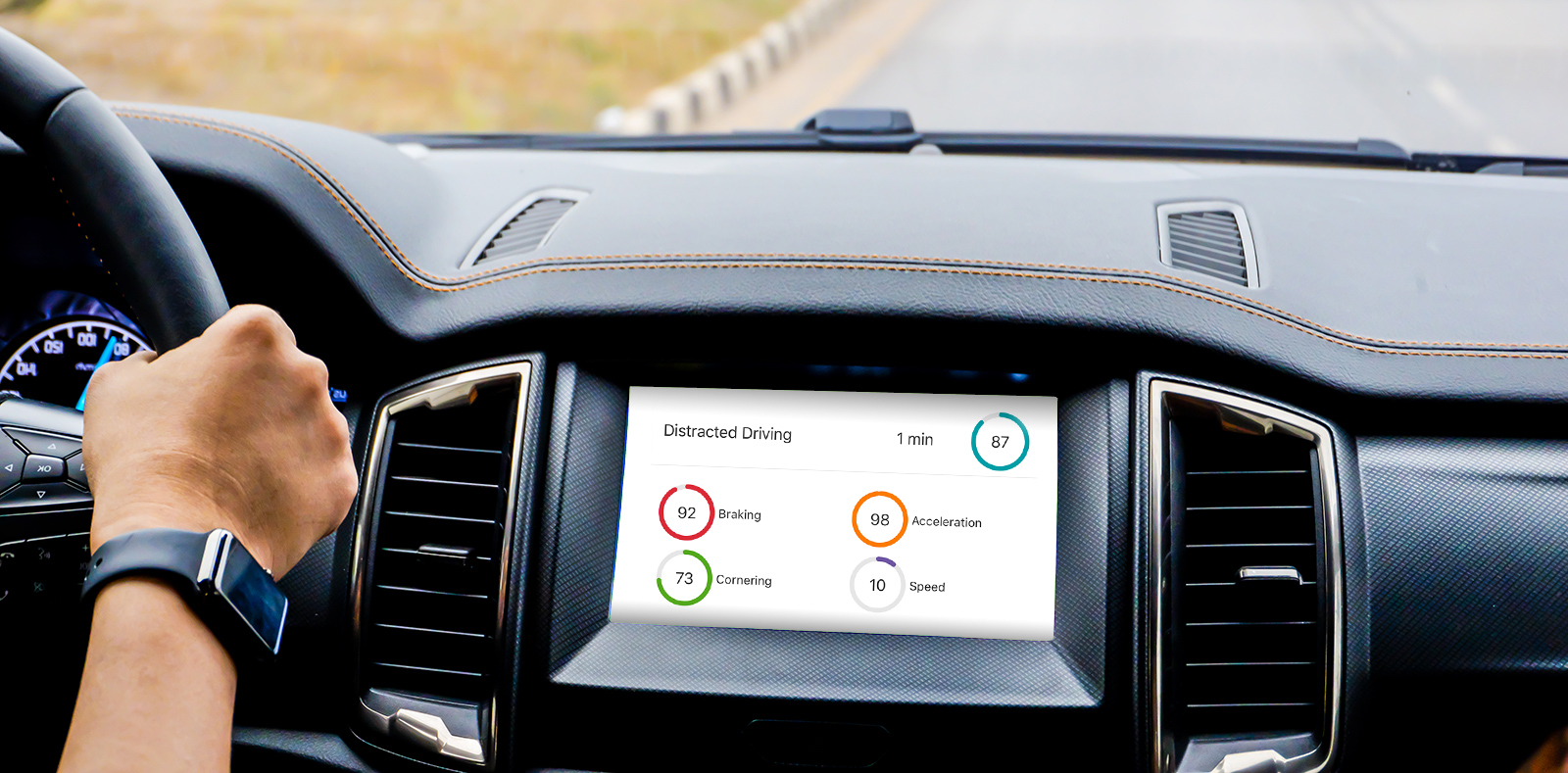As risk models become more sophisticated the growth of car connectivity and ADAS presents both challenges and opportunities for both insurers and automakers.
The global automotive telematics market is expected to reach over $100 billion by 2022. Consumers’ increasing appetite for in-car connectivity, remote access to vehicle operations and connected car services is the driving force behind auto manufacturers offering numerous built-in sensors and advanced driver assistance systems (ADAS) into their vehicles to help drivers improve safety, monitor system failures and vehicle performance.
Thanks to connected car telematics, the future of automotive insurance will be defined by capabilities to accurately capture driving data and securely relay it to a data center for processing. Today these capabilities can be supplemented through smartphone connectivity to communicate directly with the driver and support additional value-added features to enhance safety, security and provide convenience to travelers.
While connected vehicle services enable insurers and car makers to assist customers when emergencies arise, OEMs still face numerous challenges in trying to implement a profitable strategy for commercializing vehicle data, particularly because this entire area is essentially outside their range of experience, the table below explore the advantages and challenges of OEM data collection in more detail:
| OEM ADVANTAGES | OEM CHALLENGES |
| Delivers exceptional vehicle data accuracy: Because the sensors and capabilities are integrated directly into the vehicle, OEM solutions deliver a high degree of data accuracy and detection of vehicle health events during vehicle operation. This provides a desirable option for end users without the need to install additional hardware. It also provides access to information not always available in aftermarket options like true odometer readings. | Lacks standardized data types and formats: Until manufacturers agree on standards for the data collected and transmitted, OEM solutions will be difficult to implement for insurers. TSPs with experience in data normalization and standardization will likely be in the best position to provide viable solutions in this sector. |
| Supports multiple driver communication modes: Smartphone connectivity can be coupled with in-vehicle communication equipment, including the driver console and interfaces that generate voice alerts or failure warnings, enhancing driver engagement and supporting richer communication. | Applies only to the newest vehicles: Programs based on OEM data collection can only be used with the latest vehicles that have integrated capabilities. Older vehicles will still require retrofitting with another aftermarket form of data collection—black box, OBD, smartphone, or self-powered device—to be supported by an insurance telematics program. |
| Increases opportunities for value-added services: By linking to ADAS connections within vehicles that are so equipped, insurers will be able to provide additional information and guidance for drivers, opening rich opportunities for innovative, value-added services. | Presents uncertainties in certain areas: The timeline surrounding OEM data collection solutions is uncertain with many questions remaining about what the actual data costs will be once this approach matures. Privacy issues and data ownership questions are also areas of uncertainty. |
Download White Paper: Comparing Smartphone, Self-Powered, OBD, Black Box, and OEM Embedded Devices >



